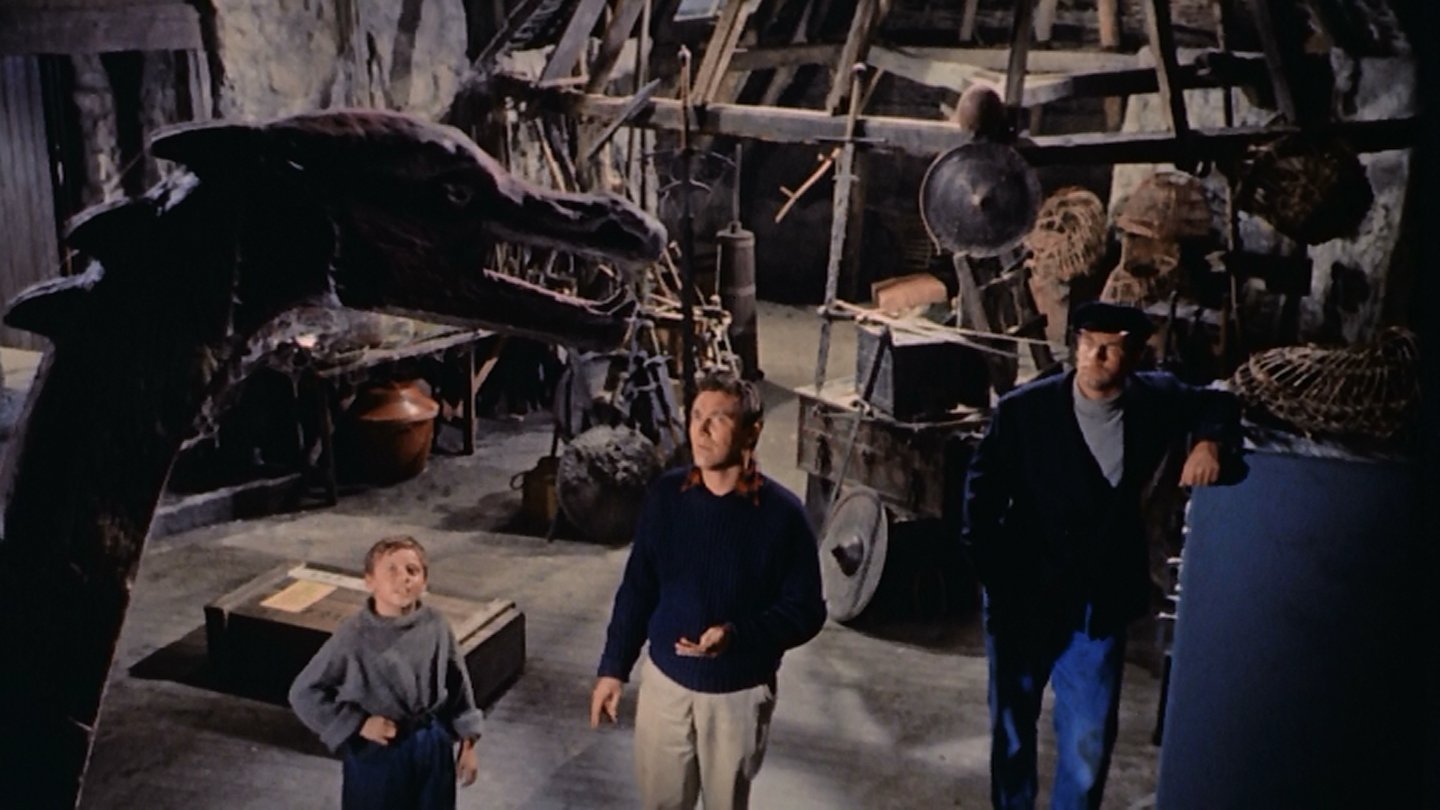
Gorgo takes many tropes from Godzilla, including the isolated island, Nara in Gorgo's case, which has legends of the giant monster, the city-destroying rampage that destroys a bridge, the seat of government (Tokyo's National Diet Building, London's Houses of Parliment). As with Godzilla and the Beast, one of the lines of defense is high-voltage wires, which fail to work. Both feature the helplessness of the military before the beast's onslaught. Gorgo is notable for having the jets stand at a proper distance from the monster, rather than flying so close that the monster can catch them. This didn't even make sense with King Kong, when biplanes fired bullets at the big ape. No jet should ever come within arm's reach of a monster, especially when firing missiles. But it looks good if the monster can swat a fast-moving jet model out of the sky, and from Godzilla to Pacific Rim, monsters have been smacking jets out of the sky. Gorgo is an exception because Eugène Lourié was at odds with the King Brothers, his producers, concerning the role the military should play. Lourié wanted to downplay the military, but the King brothers wanted a lot of exciting gunfire during the climax. The military was added through stock footage and in post-production, so there are no model planes for Gorgo's gigantic mother, Ogra, to swat.
Gorgo also combines ideas from King Kong; the capture of the giant animal, which is put on display in a major city. Gorgo, like Kong, is called the Eighth Wonder of the World. Like Rodan, this features a pair of giant monsters, but in this case, we first see the smaller, thirty-five foot Gorgo, as an immature dinosaur. Later, mother Ogra performs the usual city-stomping duties.
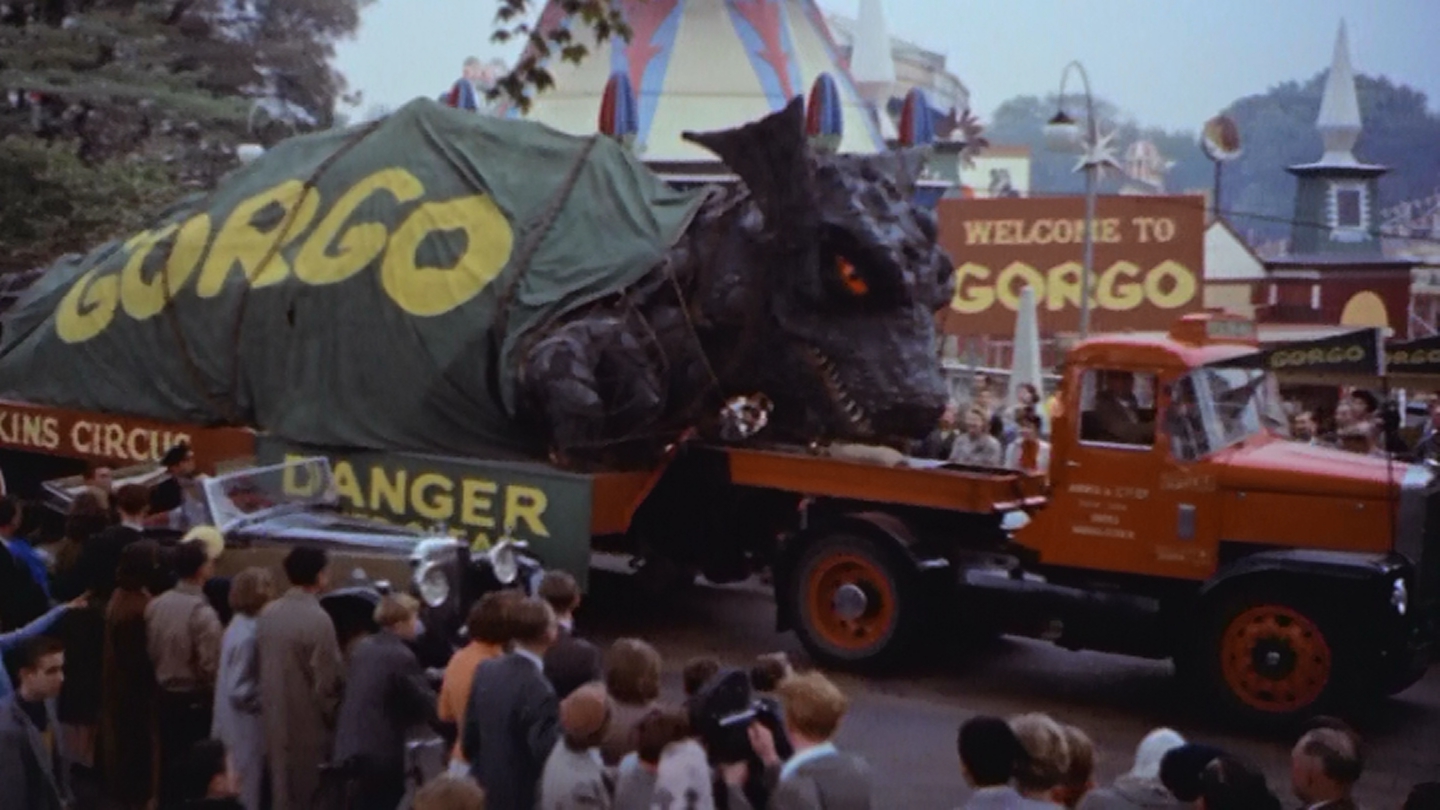
Gorgo doesn't hide it's monsters. Gorgo makes its first clear appearance only sixteen minutes into the film. Lourié knows the audience is there to see the monster, and obliges us through the entire film. We have some build-up, but it isn't the standard giant footprint in the sand. We hear a little talk, evidence of its existence, including a man who died of fright. And then the monster is on us, attacking Nara Island.
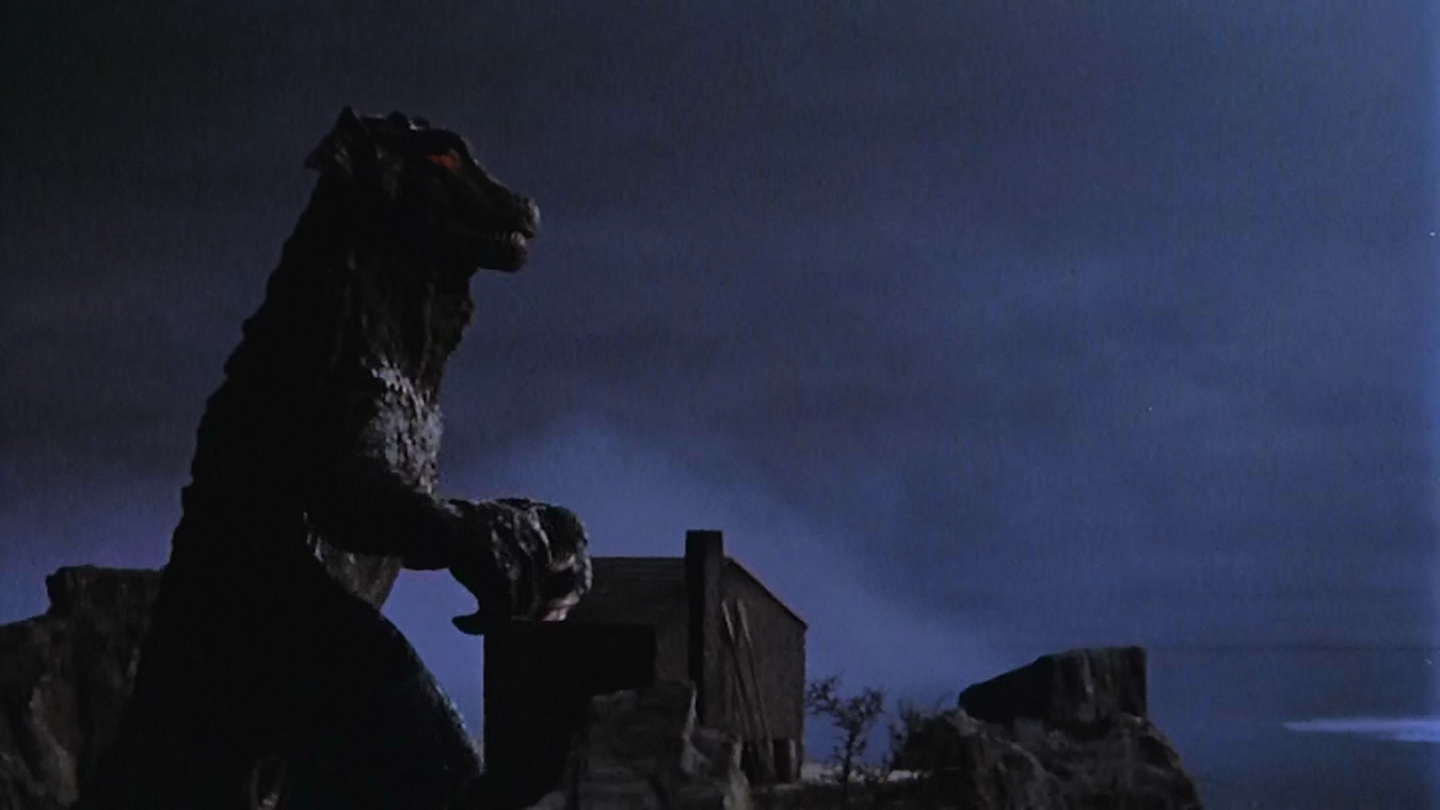
Like the Beast, but unlike Godzilla, Gorgo and Ogra aren't nuclear freaks. They are natural monsters that were preserved, and woke up in the modern world due to volcanic activity. They are not tortured by radiation, and this can be seen to have a life cycle, which includes reproduction. Re-imagining the monster as not a singular creature, but something with young and a parental instinct changes the dynamic of the film, giving the monster a motivation other than just being too large. The demonstration of a this, in this case Ogra recovering her young, is the first step in the humanization of the monsters that would lead to Godzilla and Rodan having a conversation three years later in Ghidorah, the Three-Headed Monster. If we are to believe the oft-repeated story that Lourié's daughter cried when the military detroyed the Beast from 20,000 Fathoms, and that he determined not to kill Gorgo and Ogra in this film, it seems that this is probably the first kaiju film intended specifically for children. Lourié, however, knew that kids like a scare, so this isn't a soft-pedalled film. Someone catches on fire, a doomsday preacher is trampled to death. No one is gruesomely killed, but there are frightful moments. Gorgo doesn't talk down to it's intended young audience, something that many later films, in the genre and outside it, do. And in condescending to kids, they often lose their audience.
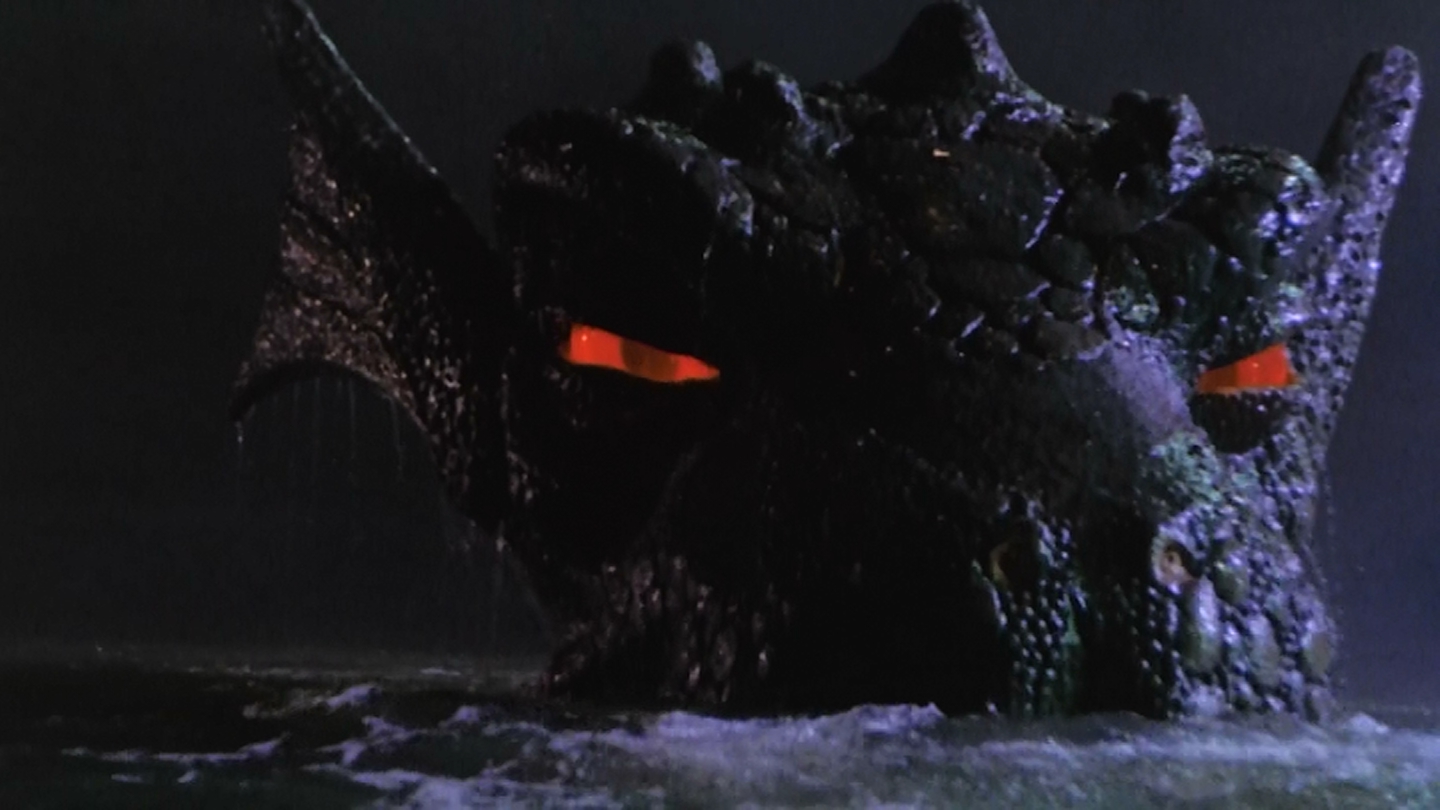
Further, this is the first giant monster film to feature a child as a main character. Young Sean is precocious, and ultimately, the first person to understand that the monster has feelings. Gorgo wants its freedom, and Ogra has the power to set her child free. The child protagonist becomes more apparent, and more obnoxious, as the Shōwa era kaiju films continue, reaching their nadir with the Gamera franchise. Young monsters also begin to appear after Gorgo, including Minilla, the much-derided son of Godzilla. Even in the more serious Heisei era created a cute baby Godzilla in 1993's Godzilla vs Mechagodzilla. The influence of Gorgo on Japanese monster films was considerable, even to the point of being remade as Nikkatsu's 1967 film Gappa.
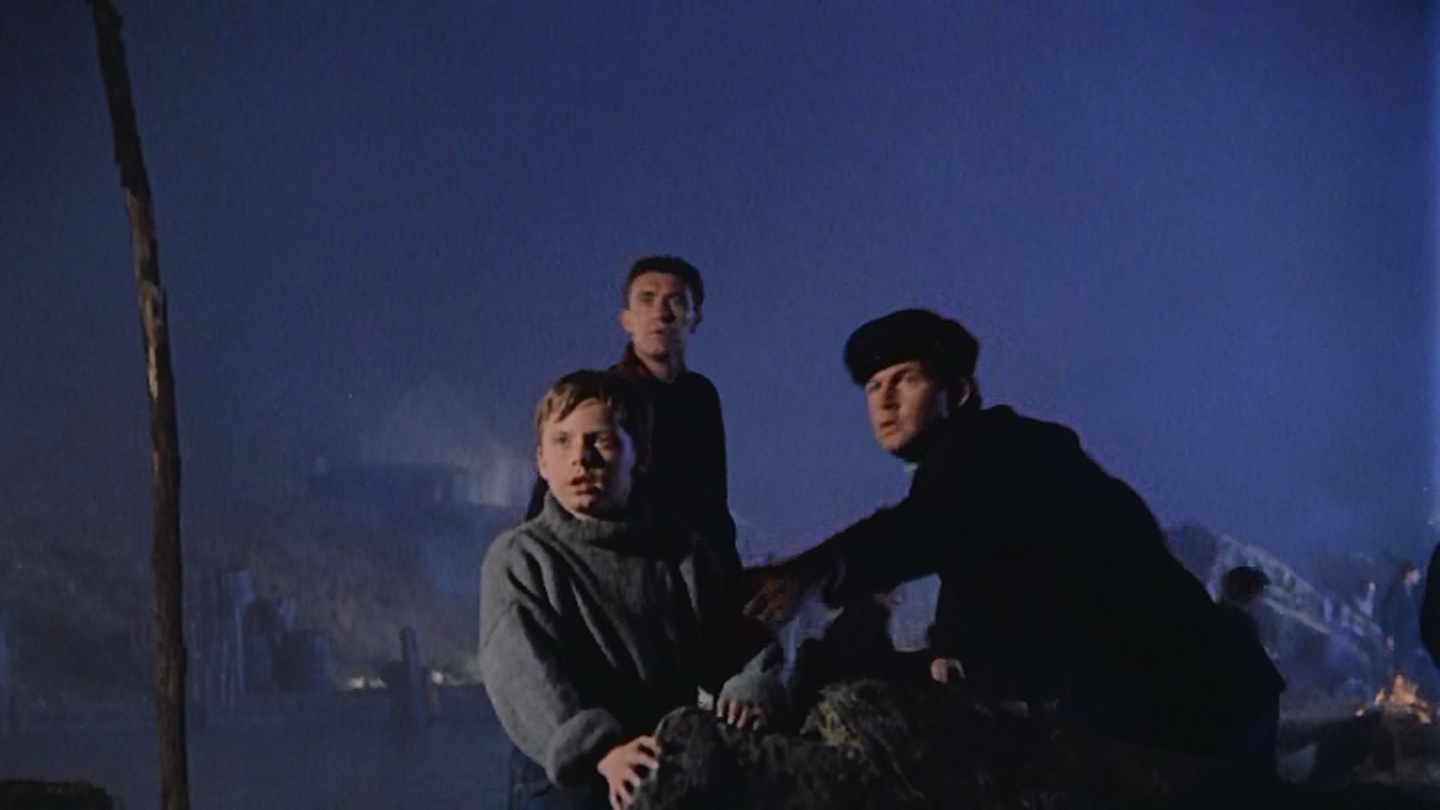
Toho was producing a special effects science fiction film (and Kurosawa film) every year. Godzilla Raids Again in 1955, Rodan in '56, The Mysterians in '57, Varan the Unbelievable in '58, Battle In Outer Space in '59. The same year Gorgo was released, Toho and Ishiro Honda produced Mothra. According to the featurette on the Gorgo disk, the film was first released in Japan, to great reception. I have been unable to find independant confirmation of this. But it is possible that the success of Gorgo may have prompted Toho to revive the Godzilla franchise the next year with King Kong vs Godzilla.
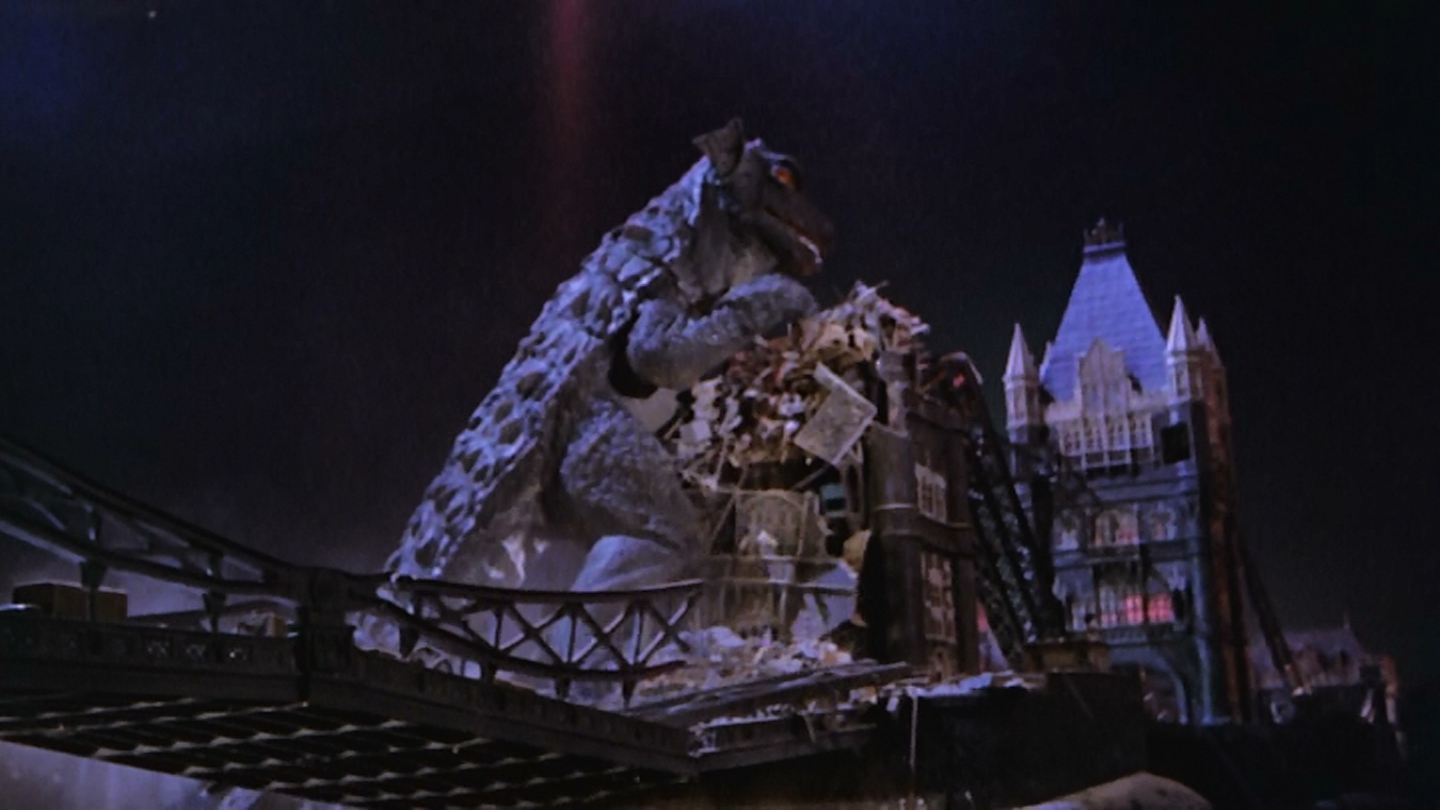
Several tropes are introduced in Gorgo that later become Kaiju standards. Joe Ryan is the prototype of the the greedy entrepeneur, which recurs with Tako in King Kong vs Godzilla, Torahata in Godzilla vs Mothra, and several other Godzilla films, generally those including Mothra. The trope character acts as a foil to the honesty of scientists and reporters, the Godzilla franchise's favorite characters. Interestingly, the character is similar to Clark Nelson in Toho's Mothra also from 1961. So it appears that the exploitative capitalist was a disliked figure across the world, at least by writers of monster films.
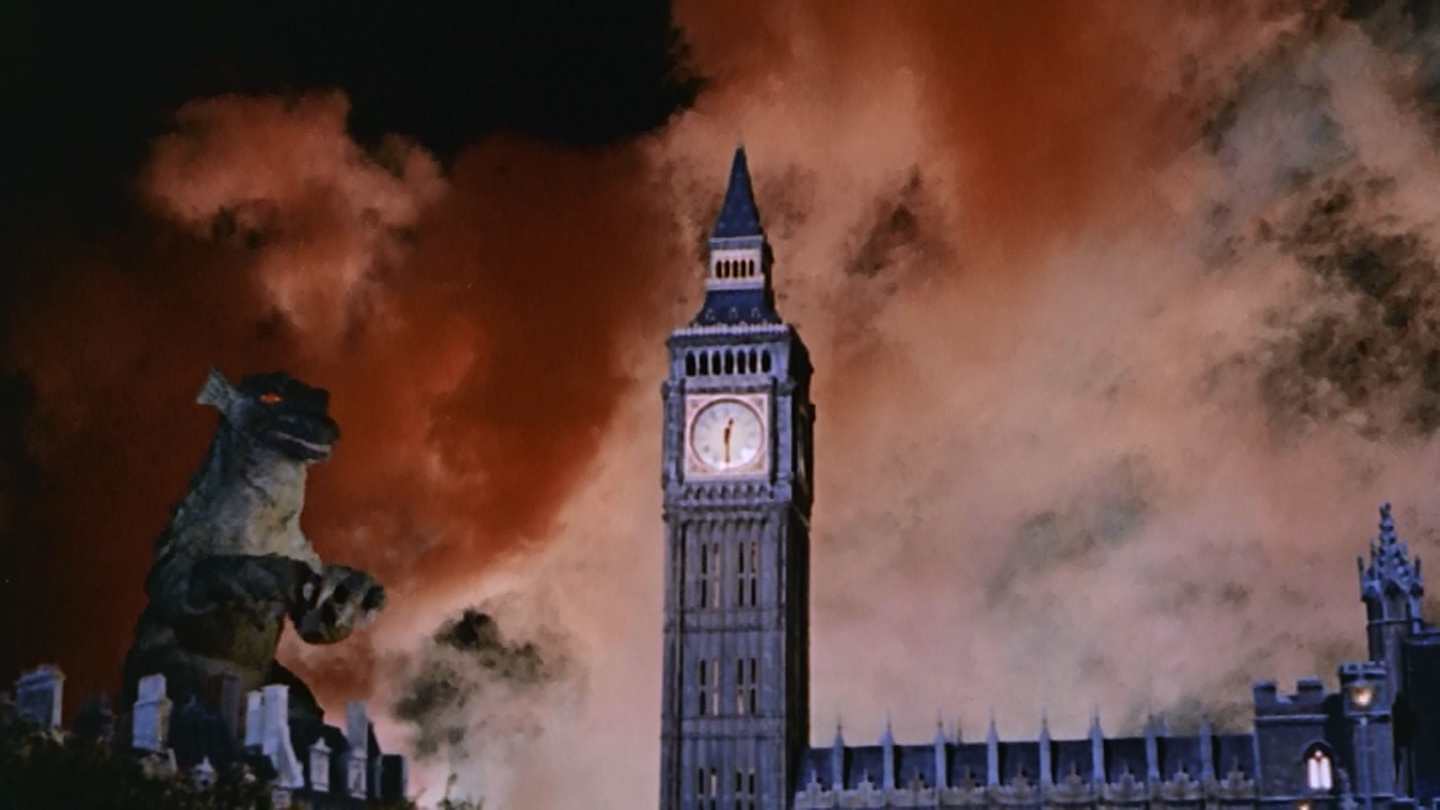
1959's Behemoth also ran amock in London. Thanks to the King Brothers financing, this time Laurie had the money to make it look good. Gorgo is a very well-executed film, with plenty of exciement and a very good 20-minute climax which trashes Tower Bridge, the Houses of Parliment, and Picadilly Circus. It seems like the producers may have felt it necessary to add the reporter's narrative during Ogra's rampage. It feels tacked on, and seems like the reporter is standing in front od a rear-screen projection of the film. Most of the military footage is clearly stock, but that doesn't bother me that much.
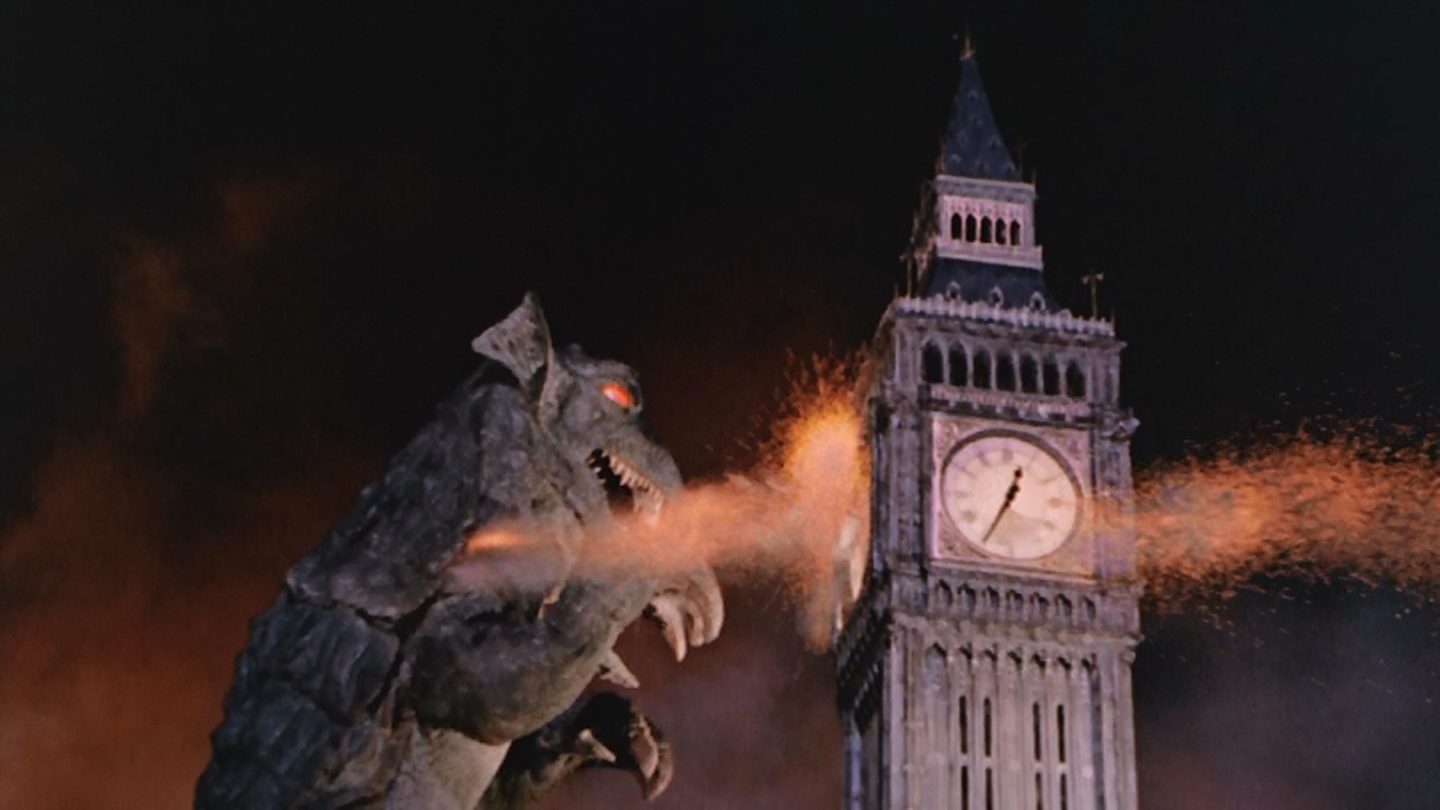
I wasn't the kind of guy to talk aboutr transfer, but I've seen both the 2005 release, the Widescreen Destruction edition and the Ultimate Collector's Editition, released in 2013. The difference is stark. The Collector's edition's colors are bright, where Destruction Edition's work is muddy, exactly the sort you remember from TV.
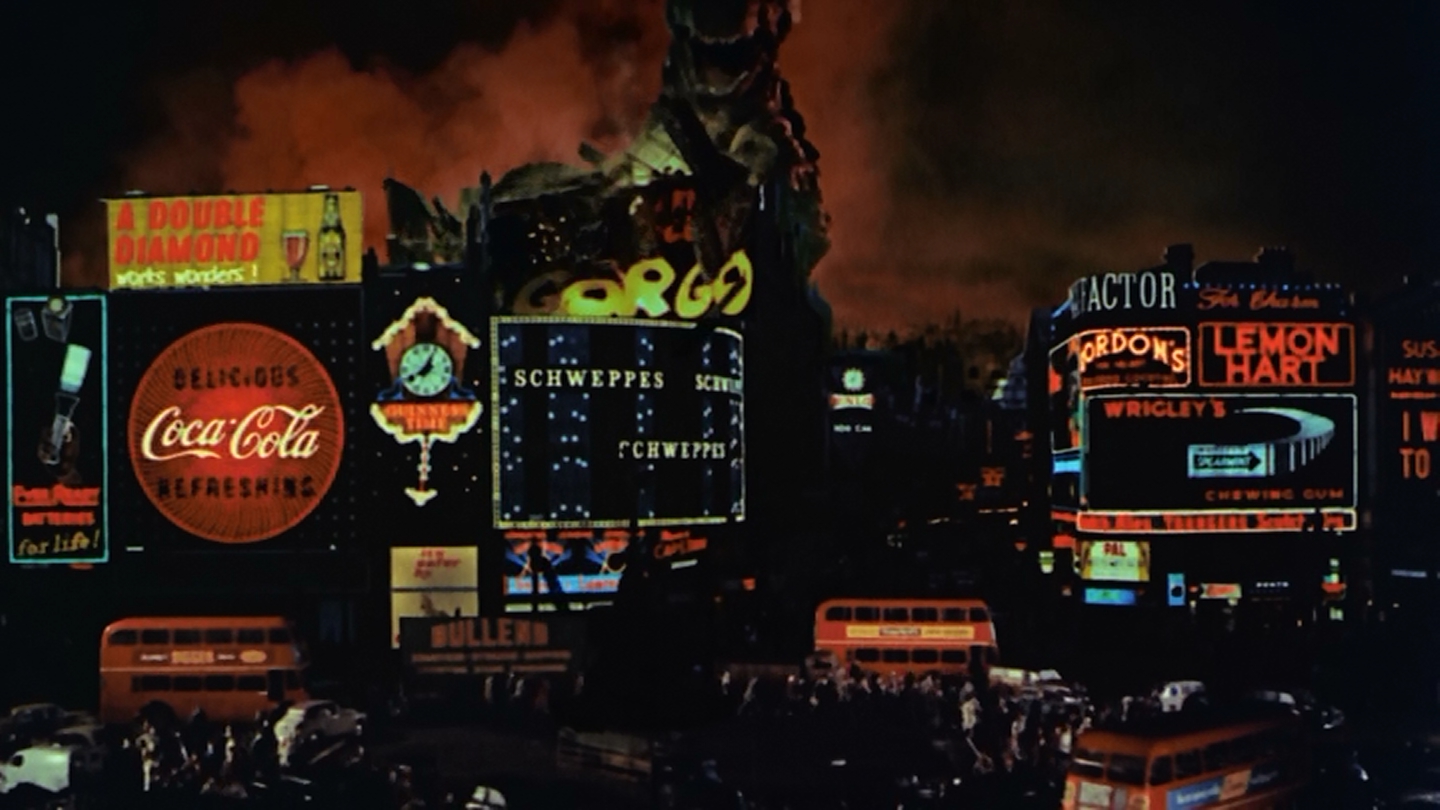
Gorgo is like a good cover version of a favorite song. There's a lot to recognize, but here and there, a creative touch that makes it feel different, and sometimes throws a light on the assumptions of the original work. Gorgo is a wonderful monster film, just different enough from the Godzilla franchise to be itneresting, similar enough to be comfortingly familiar. it was also featured on Mystery Science Thrater 3000, which was how I first came to see it. You can watch it in all its older, muddy glory here:
Additionally, there is a sequel, of sorts, called "Waiting for Gorgo," a good short film by Benjamin Craig. There isn't a lot to analyze, but it's fun, and quite worth watching. Very British.
Next Week, a take a quick step back in time and look at scarionetts from Denmark and Los Angeles!
No comments:
Post a Comment